Elevation 554 m ISO 3166 code ISO 3166-2:IN | Time zone IST (UTC+5:30) Population 6,016 (2001) | |
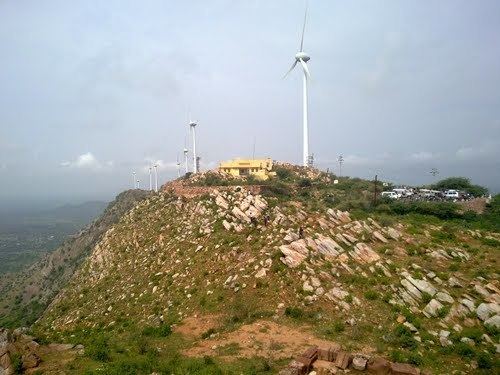 | ||
Harsh is a village in Sikar tehsil in Sikar district in Rajasthan, India. It is a place of religious importance. In 2001 the population of the village was 6016, out of which 772 are SC and 58 are ST people. Its geographical location: Latitude 27.52 Longitude 75.18 Altitude (meters) 554. The place is known for Harasnath temple at Mt. Harsha (c. mid-10th century).
Contents
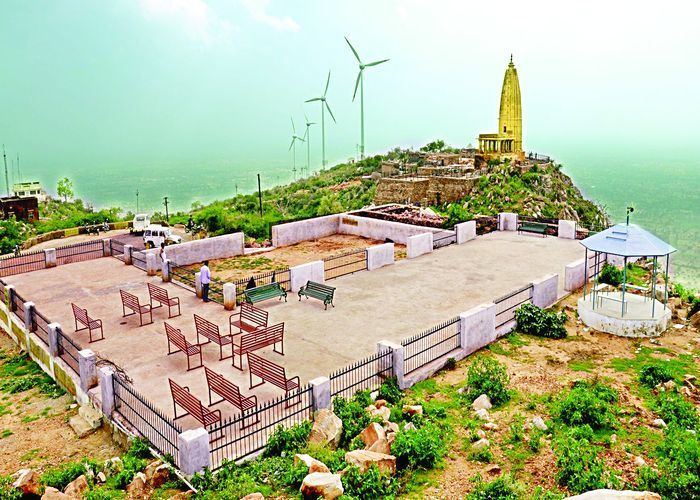
Origin
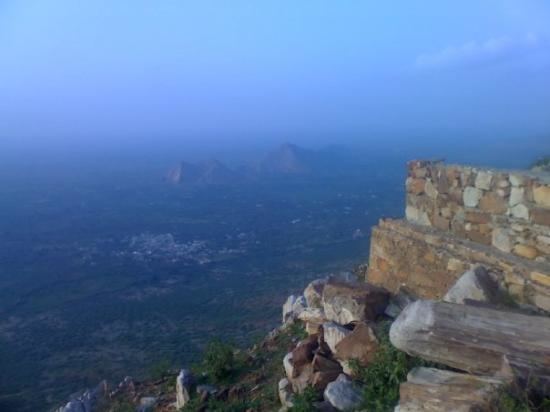
There is a popular mythological belief which has come down to people through the centuries that in a village Churu, Shakambhari Chahamana (Chauhan) king Ghangh Singh loved and married an apsara (nymph) on the condition that he would not visit her palace without prior information. King Ghangh Singh got a son called Harsha and a daughter Jeen. Afterwards she again conceived but as chance would have it King Ghangh Singh went to her palace without prior intimation and thus violated solemn vow he had made to the Apsara. Instantly she left the king and fled away with her son Harsha and daughter Jeen, whom she abandoned at the place where presently the temple stands at place known as Jeenmata. The two children here practiced extreme asceticism. Later Chahamana rulers built the temple at that place.
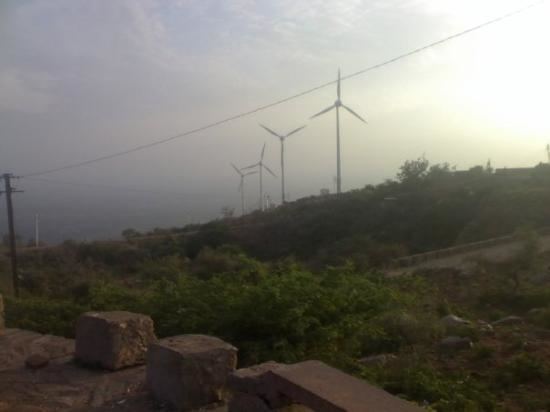
It is an ancient site famous for the ruins of old Shiva temple (10th century) located on the high hills of Aravali. The architectural display of the old temple is breathtaking. It was developed by first Simharaja (Singhraj), the erstwhile king of Ajmer. The original temple was made in 973 AD and was later destroyed by Mugal Emperor Aurangjeb in 1679 AD. In 1718 AD, Rao Shivsingh made a new temple adjacent to the old temple using the ruins of the old temple.
Harshagiri Inscription 961 AD

In a paper read before the Asiatic Society in 1835 Sergeanat E. Dean delivered the inglorious epitaph to an extraordinary tenth-century Indian temple which he, along with Dr. G.E. Rankin, had discovered previous year. This site is known as Harshagiri, near the village of Harasnath about 7 miles south of Sikar town. U.P. Shah in his article - "Some medieval Sculpture from Gujarat and Rajasthan" writes of the temple of Harshanatha, which was built in 956 AD and then of sculpture from Harshagiri datable in c. 961–973 AD and finally of the "Purana Mahadeva Temple at Harshagiri (c. 961–973 AD).
Professor Kielhorn, writing in 1894, summarizes the inscription as under:
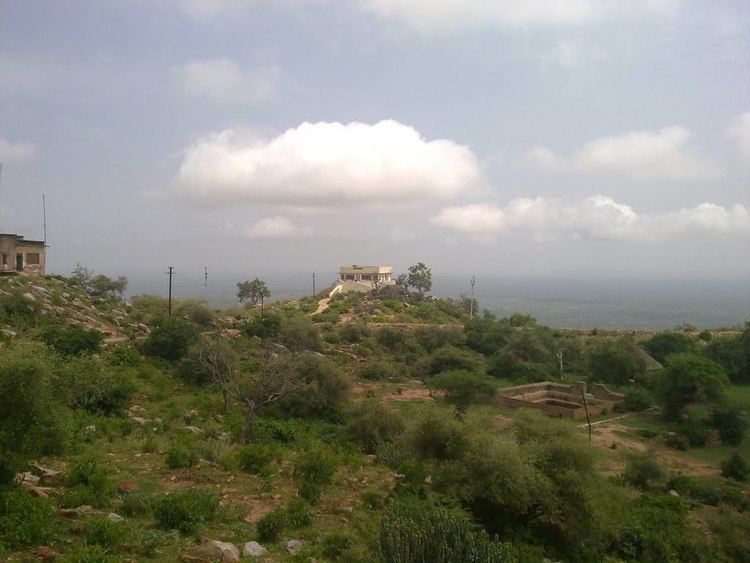
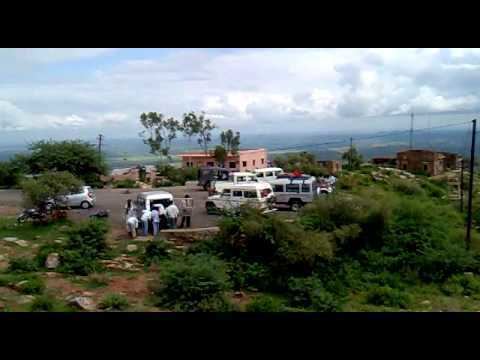
The first twelve verses of the inscription are mainly devoted to the glorification of the God Shiva, styled here as Harshadeva, of his place of residence, the mountain Harsha, and of the temple erected to the God on that Hill. After that, the poet in verse 13–27, celebrates a line of princes belonging to Chahamana (Chauhan) family who are said to have become illustrious through their devotion to God Harsha.
The chronology of the Chauhan rulers as per this inscription is as under:
The places mentioned in inscription with their present names are:
Sinhaprosthā - SinghasanKardamā Khātā - Kadma Ka BasChhatradhara - The old or present Harsh village where two rivers meetSankarānsakā - Sambhar, RajasthanKoli Kumikā - KolidaLāwānā - KochhorPrativinsā - ParasarampuriApābrāhakā - Palasara or AkwaThe inscription at Harshanath by Vigraharaja II in samvat 1030 indicates that his father Simharaja had killed Tomara hero Salvana.
